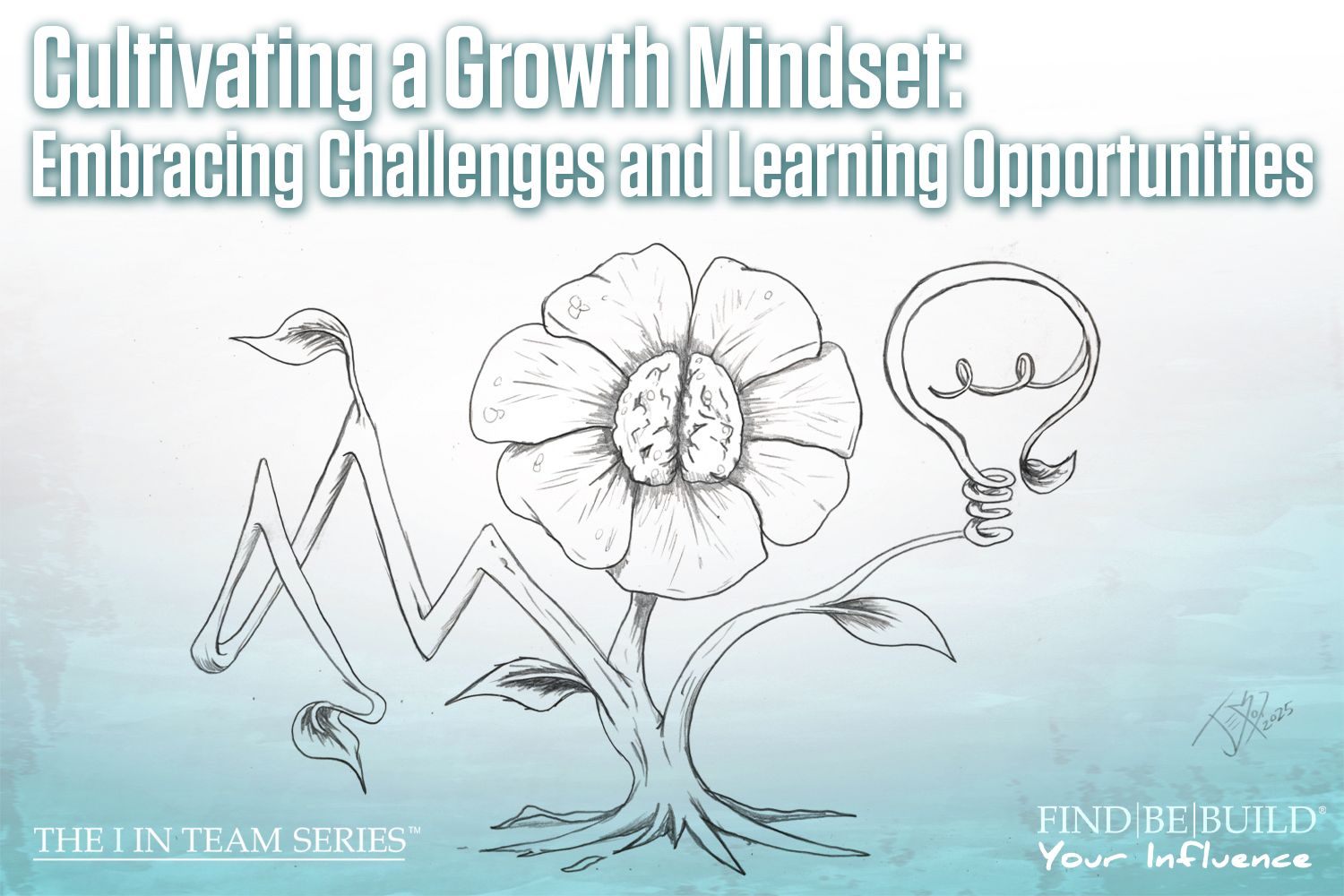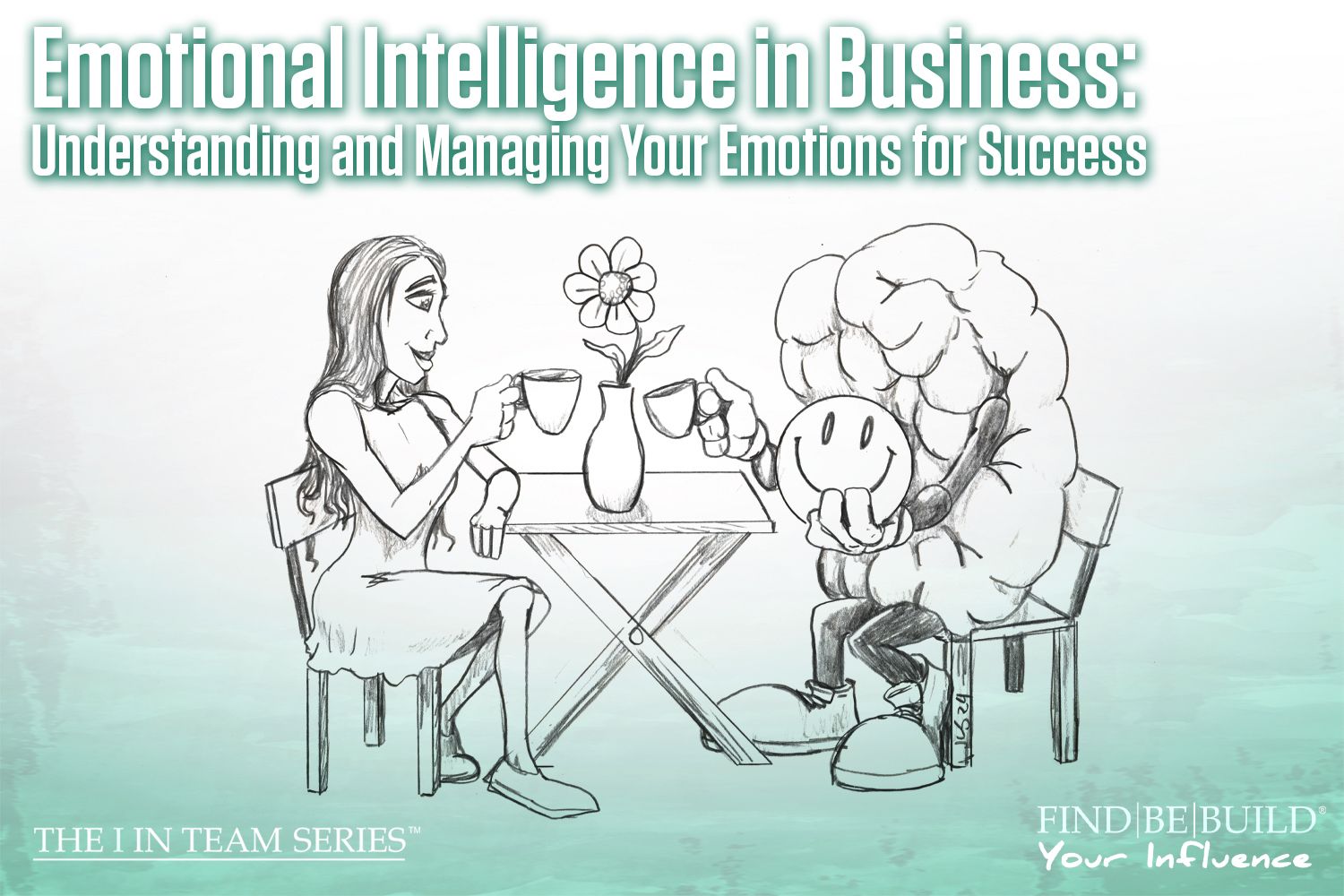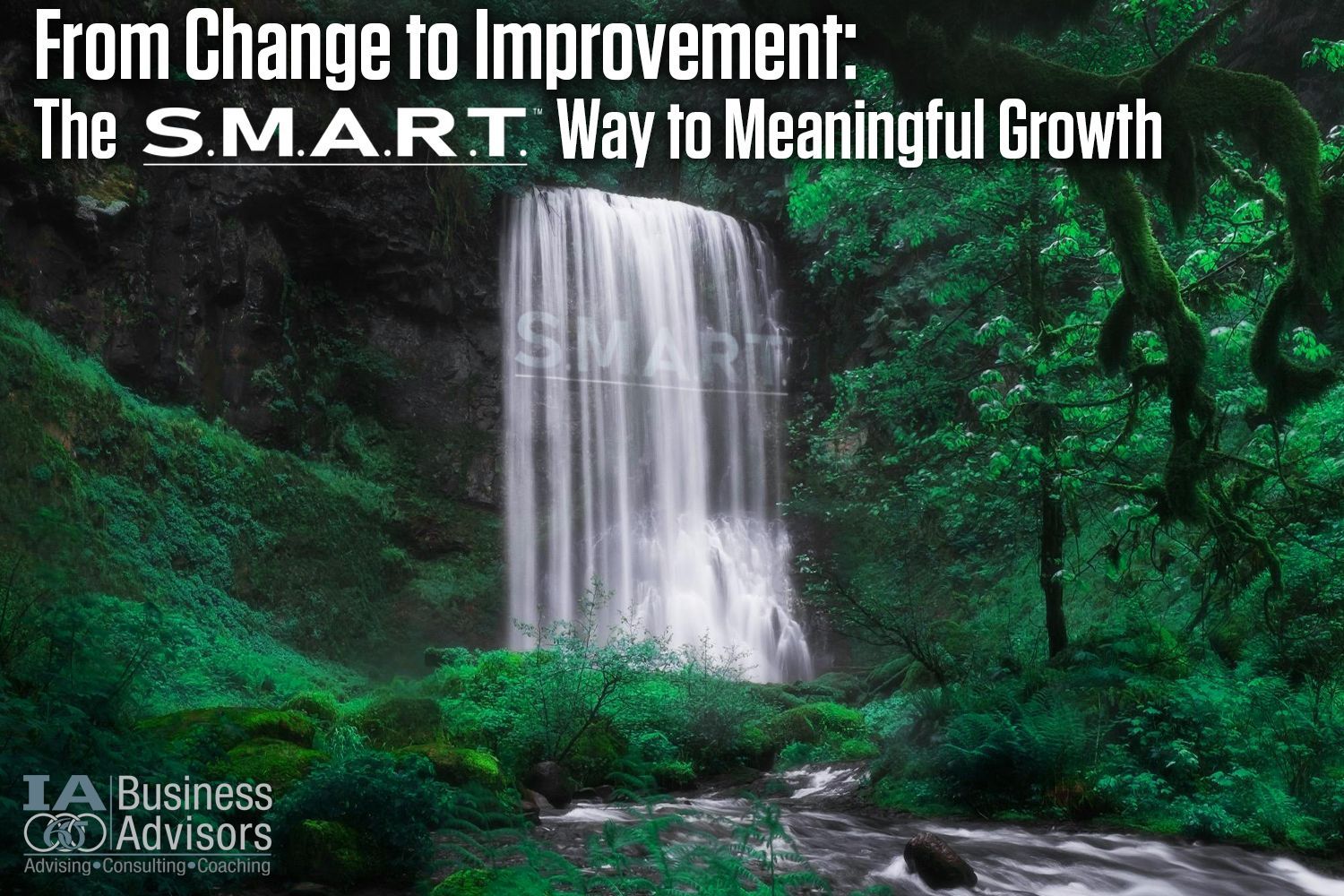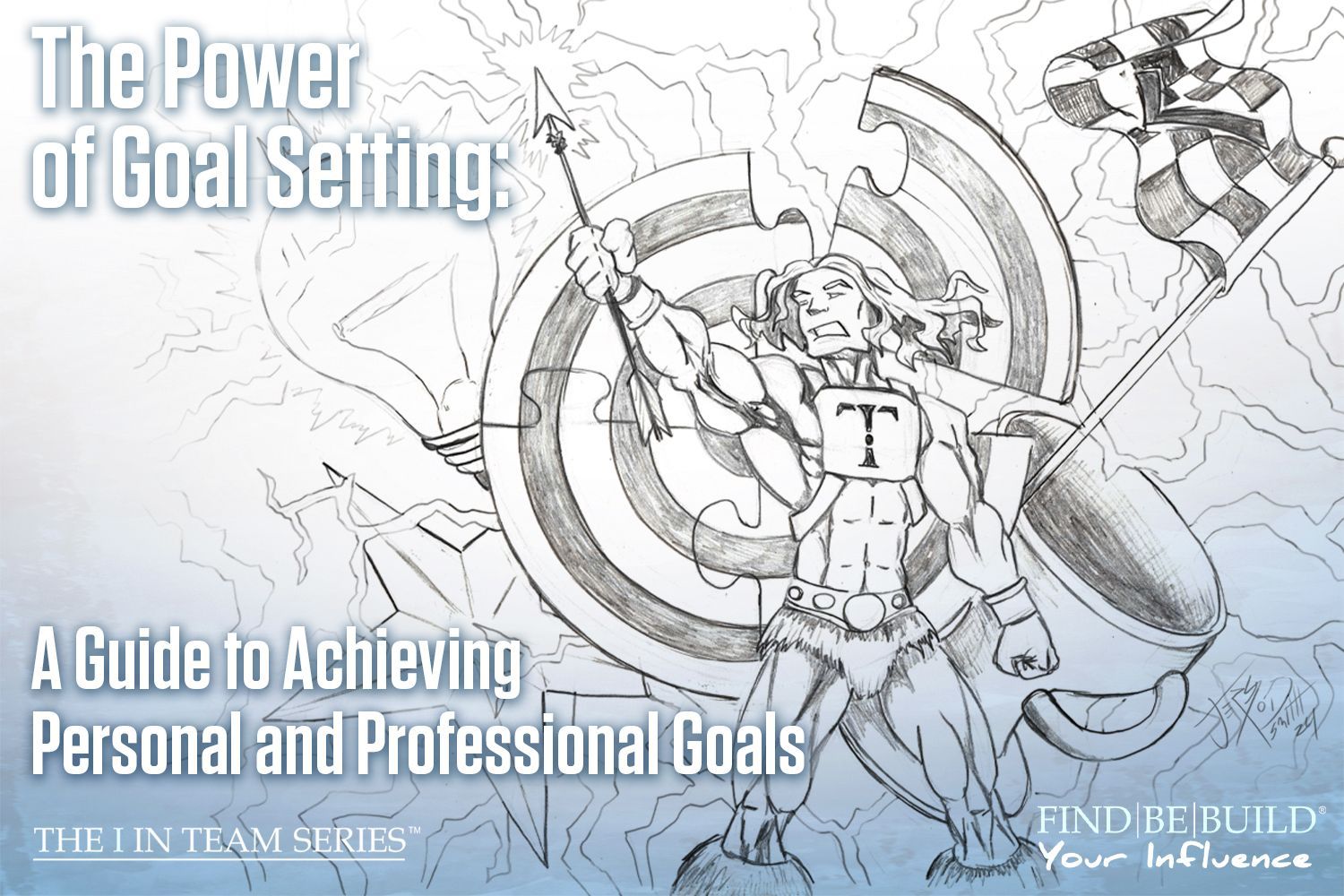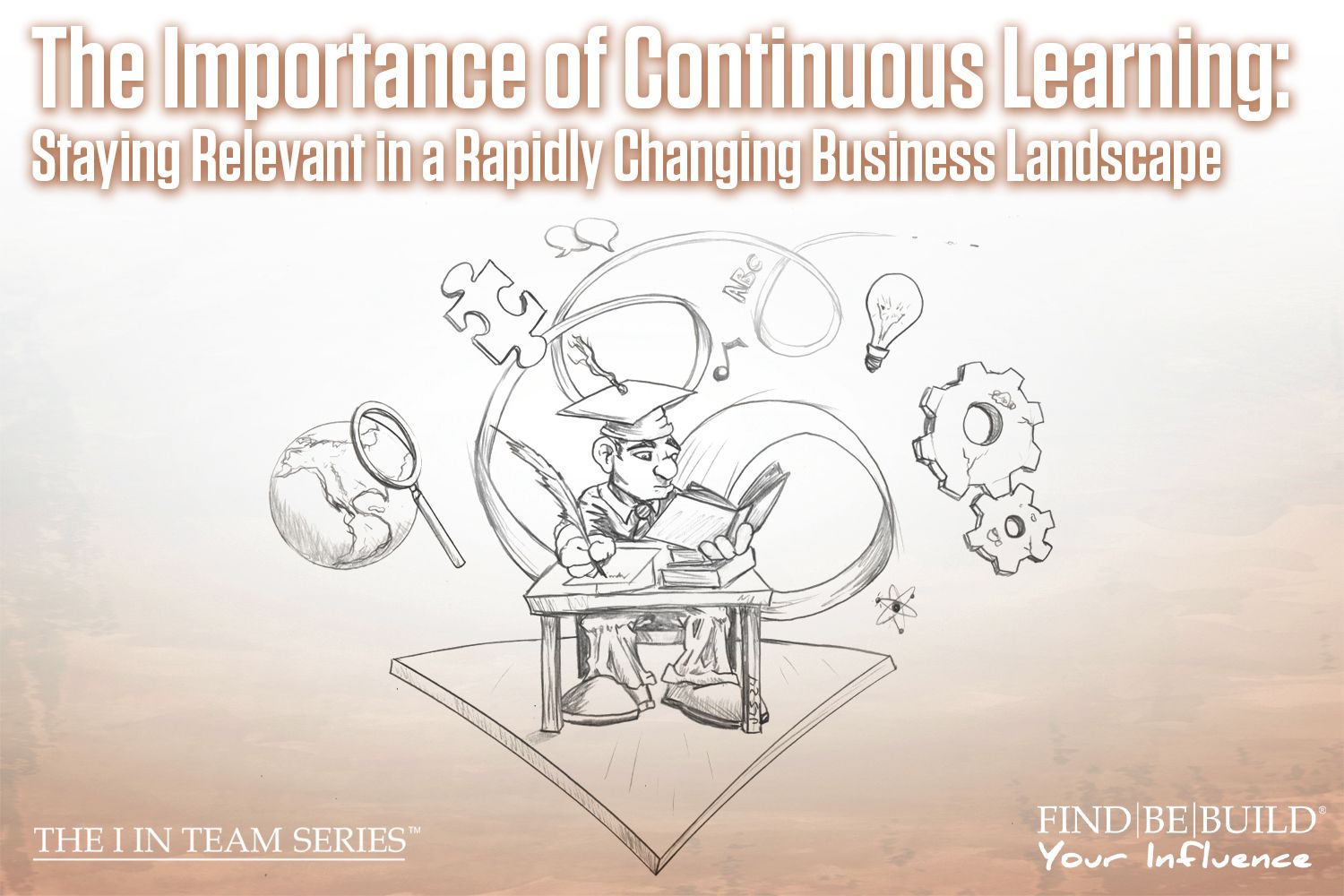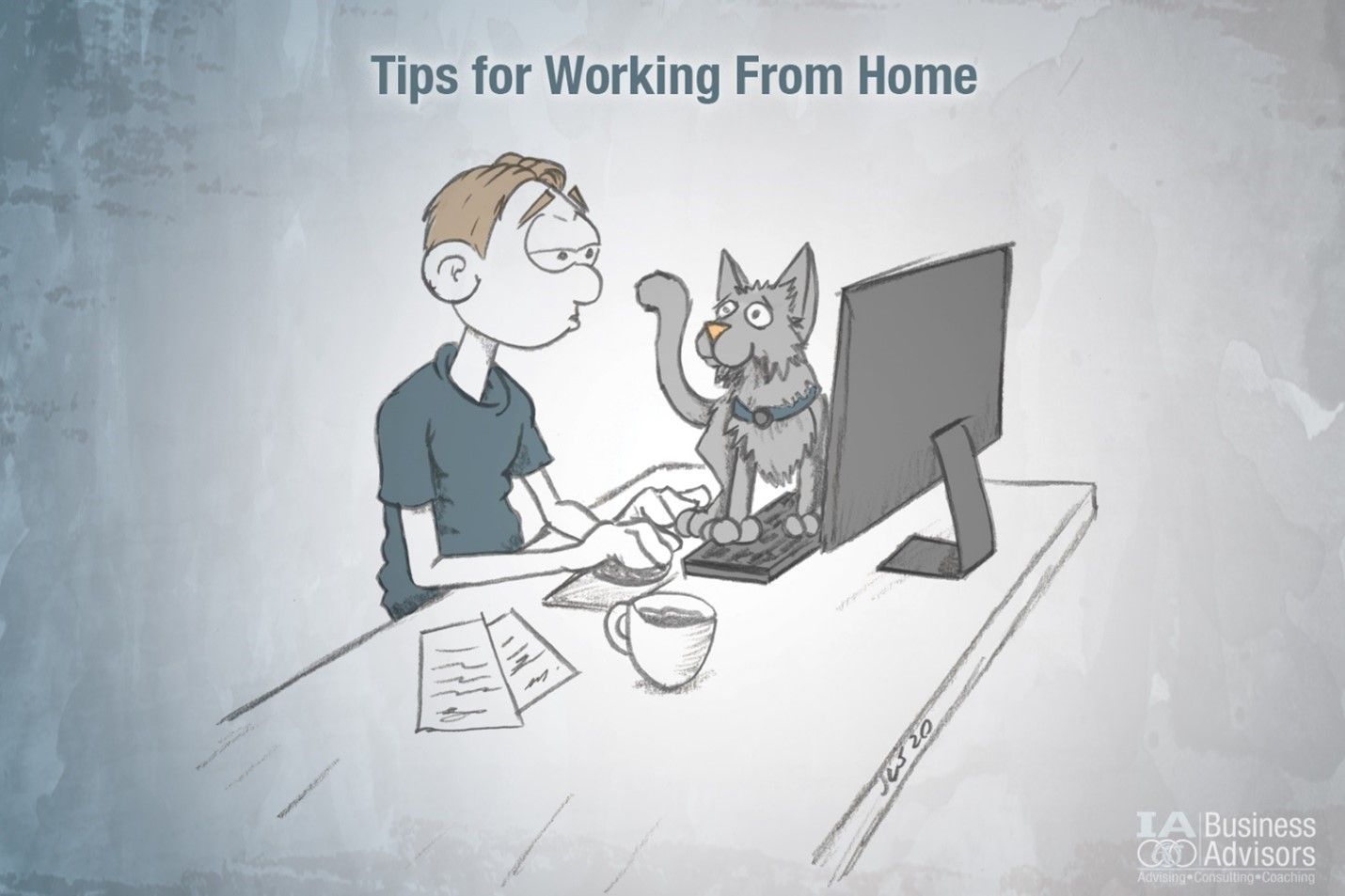6 Common Business Mishaps

Written by: Matt Wilhelmi
I love working with business owners to help them grow their business. It’s my life passion and calling. I’ve been working with small business owners, in a number of capacities, for close to 10 years. In “Millennial Speak”, this is an eternity!! (And I love every minute of it.)
During a recent coaching session with a client, he sat back in his seat, holding his hands up as if he was surrendering. With a smile he said, “Okay, Matt. I love the traction we’re getting here. I can tell we’re on the right path. But, I have to ask you. What are the most common things that people do to get off track?” I smiled because this client was asking the right question. He would much rather learn from other people’s mistakes than his own. So, I took a few seconds to think about how to answer his question before responding. His question was one that I had been thinking about for quite a while. Basically, he wanted to know what the common business mishaps are that entrepreneurs and business owners fall victim too, so he hopefully won’t fall victim to the same things.
As I started to mentally formulate a response, I clicked my pen and grabbed a piece of paper. I quickly jotted down 5 things I wanted to share with him. After re-reading all 5, I realized I needed to add the last one; number 6 is a doozy. Here are the 6 Common Business Mishaps:
The Number One Business Mishap: No Plan
The simplest way to fail in business is to not have a plan. I’m not talking about a 100-page business plan with dozens of charts and miscellaneous projected financials. We can help you create even the most basic of plans by answering this simple question: What do you want your business to look like? Yes. There is a lot more to a full business plan, but thoroughly answering this question is the foundation of a plan.
Every business, no matter how new, how mature, how successful, or how strapped they are for cash, needs a plan. A plan in your head is a decent first step. The plan isn’t just for the business owner! The plan needs to be written out so it can be communicated with the team. It’s not meant to be a static document either. Your plan should be reviewed frequently so you can tweak your activities to get the same desired outcome.
Think of it this way. You wouldn’t spend all your time and money going on a trip without understanding where you’re going and how you’re going to get there. Would you?
The Number Two Business Mishap: No Accountability
One of the most common ways to fail in business is to avoid accountability. Having people in your life who can hold you accountable (without pissing you off – this helps a lot) for accomplishing the steps in your plan is a key component of many successful business owners.
No matter how talented you are (and believe me, I think you’re great!) everyone needs a little accountability to help stay the course of the plan. While running a business, even the best leaders can lose focus, because “fires” always come up. (Believe it or not, I’ve met some professional “fire fighters” who seem to ALWAYS be putting out “fires”.)
Going back to the trip analogy, you wouldn’t put your destination in your GPS without checking in, from time to time, to make sure you’re still on course. Would you?
The Number Three Business Mishap: No Numbers
Some business leaders are gifted with understanding the numbers in a business. If you aren’t, then you need to find someone (hey, we can help!) who can help explain the numbers in your business. Think your business is too small to need to worry about the numbers? Wrong. (I’m still working on how to be a little more gentle with this mishap.)
Numbers are the way you can objectively and quantitatively measure your business’s growth or decline. It’s the numbers that should drive your business decisions. It’s hard to drive a business objectively without numbers. Think you can’t afford it? We have several clients who have retained us for less than a couple hundred dollars a year to go over their numbers with them. It doesn’t need to be cost prohibitive.
We’re still on a trip (in the analogy). You wouldn’t ignore the distance left and estimated time of arrival and rely only knowing you’re heading in the right direction. Would you?
The Number Four Business Mishap: No Strategy
Businesses need a strategy. Without a strategy for differentiation, acquiring customers, delivering their product or service, and getting paid, businesses can be easily bumped off their path when the next “latest and greatest” money making scheme presents itself.
A very simple strategy is V.C.P. This is the strategy we use in our business and we’ve helped expand it for some of our clients too. V is for visibility. How are clients going to see you? C is for credibility. How are clients going to know you’re the best for them? P is for profitability. How are clients going to perceive the value you’re providing?
Still tracking with me on the trip analogy? You wouldn’t leave for a trip with no mode of transportation or without thinking about where you’ll stay along the way. Would you?
The Number Five Business Mishap: No Advice
One of the most common business mishaps is not getting advice. Advice can come in the form of reading books, blogs, or whitepapers. It can also come in the form of paying a professional for due diligence on a particular business decision. Advice doesn’t need to cost a fortune. It can of course, but it’s important to remember the value you’re getting.
To be clear, all advice is not created equal. Related: Article about Free Advice. That being said, thinking you don’t need any advice is going to create a tough, and lonely, reality. One of the keys to success, a highly accomplished and wealthy friend of mine shared with me, was this: “Never be the most successful of your friends. If you find that you’ve become the most successful one, it’s time to make some new friends.” The thought behind this is to always be talking to people who are ahead of you, achieved more than you, or have accomplished some of the things you’re trying to do.
We’re almost done on our trip. (I bet you’ve been wondering about this…) You wouldn’t set out traveling to somewhere you’ve never been without talking to someone (or at least google) who’s already been there. Would you? (Okay, some people might…but you get the point)
The Number Six Business Mishap (The Doozy): No Expectations
The most successful business owners I’ve ever met all have figured out what is reasonable to expect from their business. This is a very important point, so I’m going to rephrase it: What is reasonable to expect? What do you expect from your business? Is it reasonable? To some, they expect to receive wealth. Others expect to receive tremendous flexibility with their time or a great work/life balance. Whatever you expect, are you taking steps to get it?
Did you create your business with an expectation? Getting what you want, what you really want, doesn’t happen by chance or randomness. It starts with expectations. Expectations can only be achieved when they are defined and sought after. Successful business people tend to get what they want because they set out with these expectations in mind.
Let’s wrap up this trip. You wouldn’t set out to travel nowhere with no thought to time gone, time of arrival, or activities along the way. Would you?
What is a business mishap that you can share so someone else doesn’t need to make the same mistake?
© Individual Advantages, LLC 2016
The post 6 Common Business Mishaps appeared first on IA Business Advisors.
